Monday, November 21. 2016
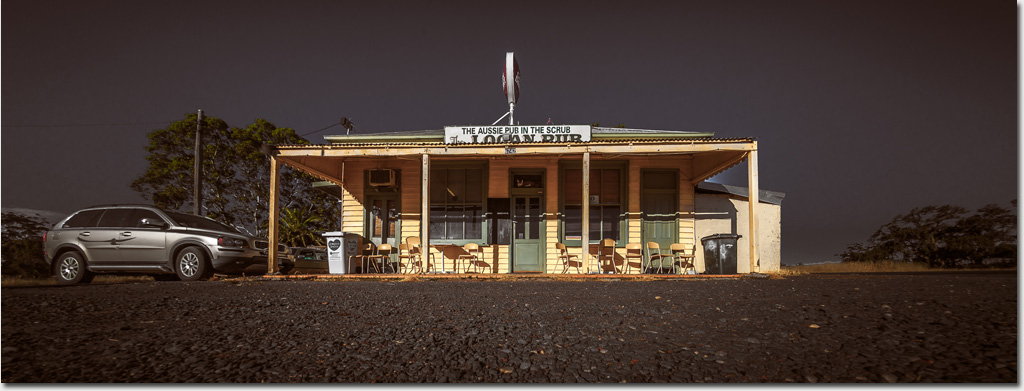
We spotted the Logan Pub on our way from St Arnaud to the Wehla Conservation Reserve and I made the mental note, 'I must photograph this pub on our way back'.
The sun was low and the light had that soft afternoon glow when we headed back to town and there it was again, the 'Aussie Pub in the Scrub'.
What was supposed to be a five minute break in our trip to capture some images turned into an unplanned session in the bar.
We met some interesting locals and a not so local a roving shearer from Glen Rowan with his own story to tell.
Reluctantly we had to leave before we would have liked but will keep fond memories of quirky locals, life-rich characters and the charm of a quaint little pub on its own in the middle of Central Victorian nowhere!!
Photo: Robert Rath, 'The Aussie Pub in the Scrub' 1/320s f/11 ISO100 15mm
Wednesday, November 16. 2016
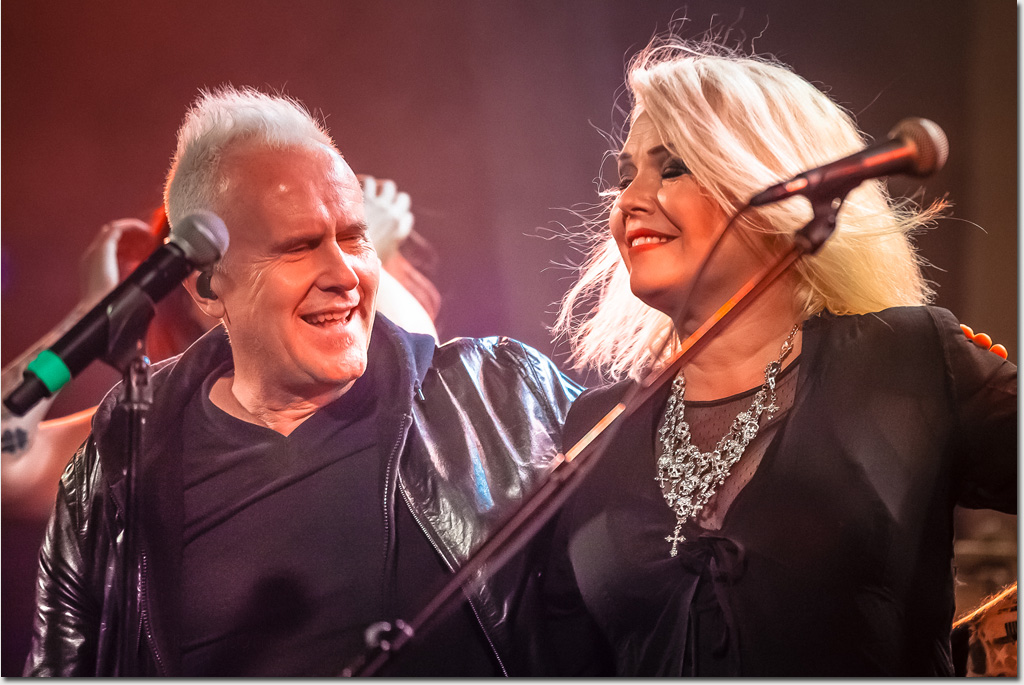
A long time ago in a world far, far away two musicians were making waves amid the wonderful new sounds being created in the 80's music scene.
For me the songs and sounds of Howard Jones captured my imagination and resonated with my hopes, fears and dreams. For many of my friends the rockier, rawer sounds of Kim Wilde were centre stage in their listening lives.
All this time later I find my self experiencing the extraordinary privileged of finally seeing Kim and Howard on stage together.
All the while I'm singing a Howard Jones 80's hit, 'Like to Get to Know You Well'.
Photo: Robert Rath, 'Like to Get to Know You Well' 1/200s f/2.8 ISO2000 200mm
Tuesday, November 15. 2016
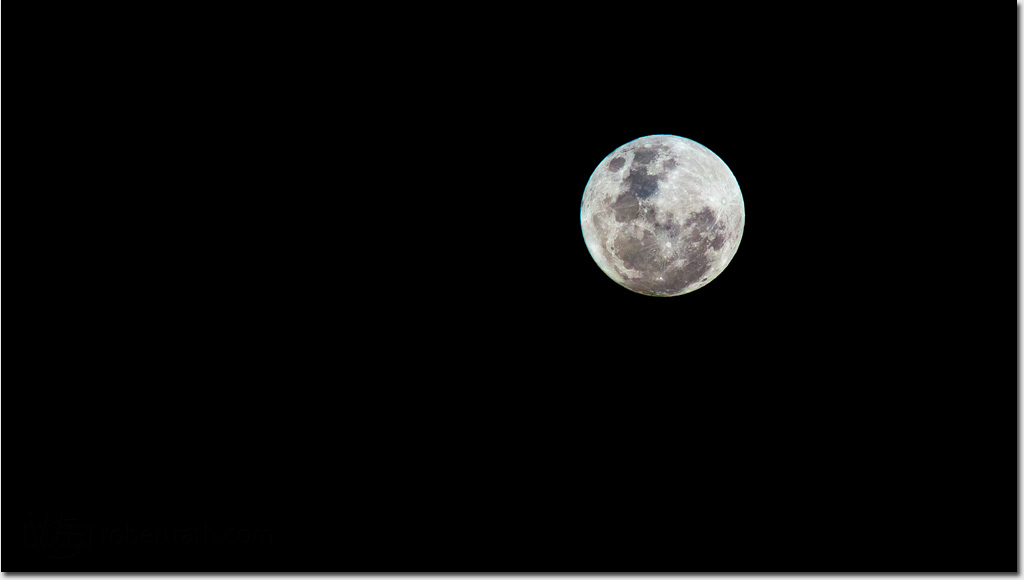
There was an amazing amount of media hype leading up to last night's Supermoon.
From out of nowhere came hundreds of experts espousing facts and figures.
There was talk of the best vantage locations, there were strong suggestions that you just can't miss it, the likes of which will not been seen again for another ... years!
Then out of the woodwork came the wet blankets calling us all sheep for being led by the hype to stand out in the cold evening to see this 'amazing' Supermoon for ourselves.
I'm no fan of over-the-top hype but in this case I think it was fantastic how so many people took notice, took the time and took photographs last night.
Our moon is one of the most beautiful objects in the night's sky regardless of its phase or size and if takes a heap of Supermoon hype to draw attention to it, that can only be a good thing.
Photo: Robert Rath, 'Mooning Out on the Hype' 1/200s f/9 ISO160 300mm
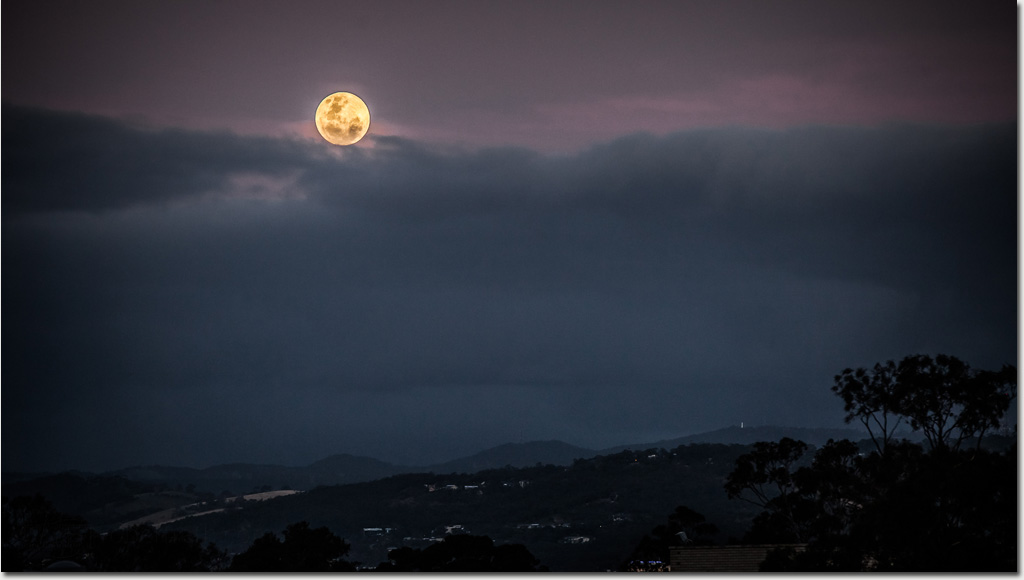
The moon was magnificent this evening, but not to start with.
The plan was simple; ... find a place where the moon will appear on the horizon of the Adelaide hills so as to silhouette the white tower of the Mount Lofty scenic lookout.
Google maps is a wonderful tool but finding line of clear sight vantage points is not one of its strong points but with a little creativity I managed to set up my tripod balanced on the edge is of multi-story car park with a tiny windowed view mostly encumbers by local trees.
As nature always has the last say the clouds stayed stubbornly on that grey horizon delaying the moon's 'Supermoon' appearance until it had crested both.
Photo: Robert Rath, 'Supermoon on the Grey' 1/320a f/4.5 ISO640 200mm
Saturday, November 12. 2016
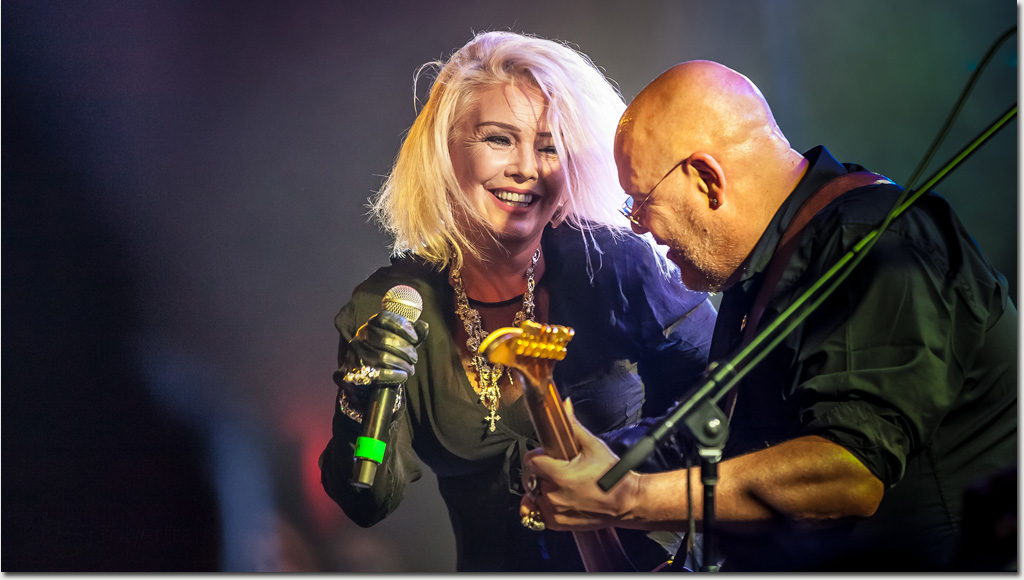
Who'd have thought I'd be kicking back and enjoying rocking to Kim and Ricky Wilde 35 years on!
As much as I loved many of Kim Wilde's songs I would never have called myself a fan so I would never had found myself here without just a little encouragement.
Once I discovered she was on stage with her younger rocker bother Ricky, the show took on a whole new meaning!
... if only Marty had been up there too!
Photo: Robert Rath, 'Sibling Love' 1/640s f/2.8 ISO2000 200mm
Monday, October 31. 2016
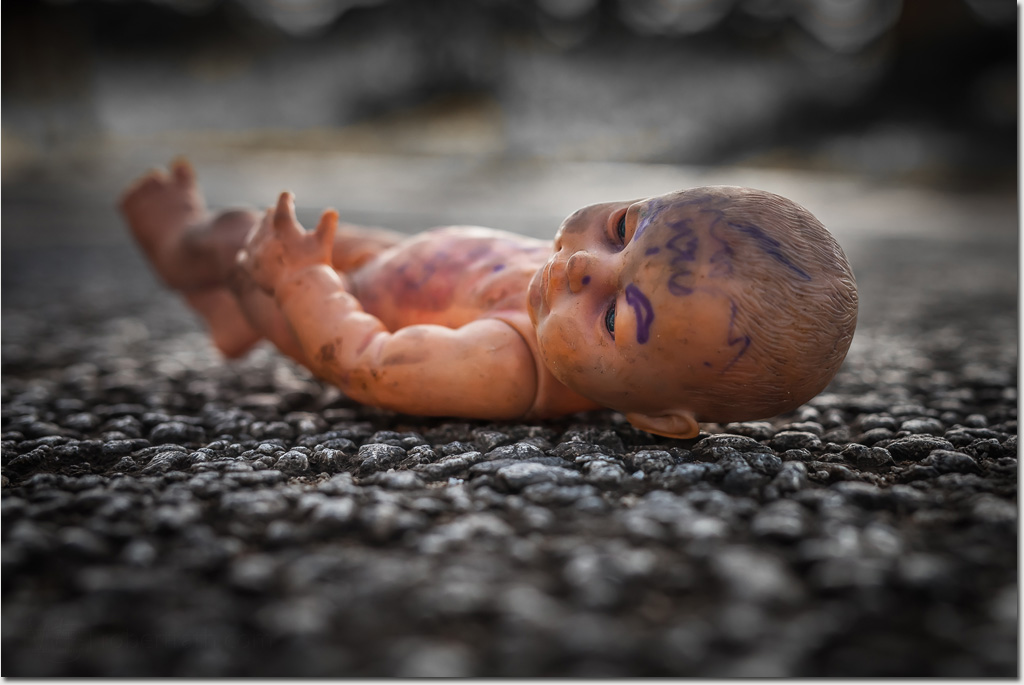
So it's Halloween and a time when stranger things somehow seem just a little more normal.
On the other hand there are some normal things which being somewhere they are not supposed to be seem downright strange, even disturbing.
We came across this discarded doll on the road recently while walking into Neiafu and as innocent as a lost toy might be I felt a strange chill as I lay in the middle of the road to capture this image.
The lack of clothes, the grubby grimy appearance, those purple eyebrows and other pen marks all made for a creepy scene I wondered if I should even be photographing.
I was so relieved to walk away and leave stranger things lie.
Halloween or not, give me pumpkins, black cats, ghosts, skeletons or witches any day.
Photo: Robert Rath, 'Stranger Things' 1/800s f/2.8 ISO160 50mm
Saturday, October 29. 2016
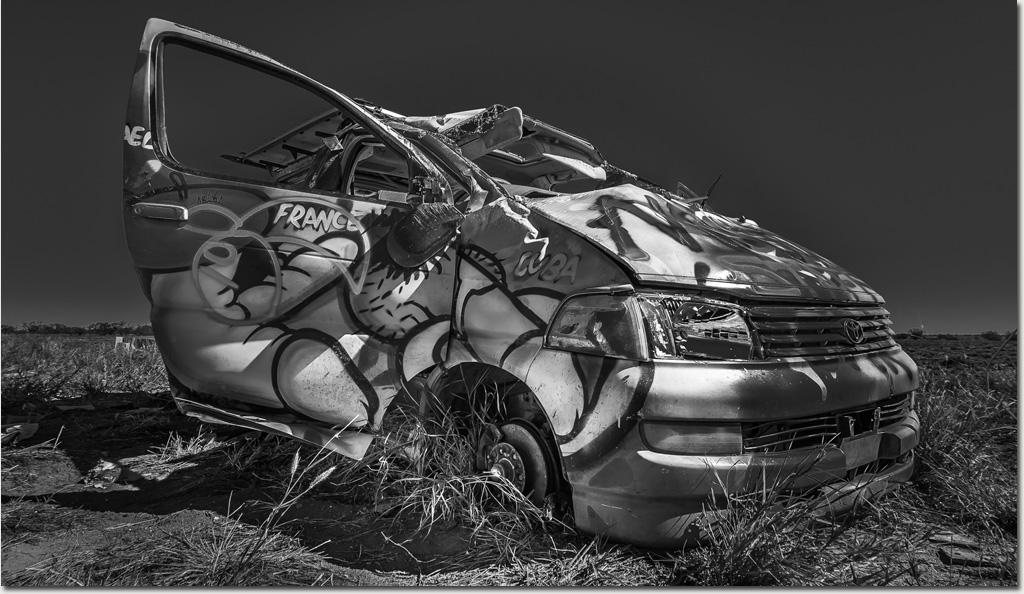
It's a long, long drive between Adelaide and Alice Springs and hundreds of kilometers of perfectly good road can become treacherous when you travel too far and for too long in one sitting.
When we first came across this wrecked Wicked Camper van somewhere near Coober Pedy my heart was in my mouth for fear we had stumbled on something horrible.
From the road we could see the brightly coloured van amid a trail of debris and from here there were no clues if this had just happened or it had been here a while.
Soon it became evident this wreck had been here for some time though I could not help but feel for the occupants, hope that no one was badly hurt and that somehow they resumed what should have been an amazing Australian adventure.
We had indeed stumbled on something horrible. Our distress however pales into insignificance compared to what had happened in those few desperate moments no one ever wants to experience.
Photo: Robert Rath, 'The End of a Wicked Camper' 1/250s f/8 ISO100
15mm
Sunday, October 23. 2016
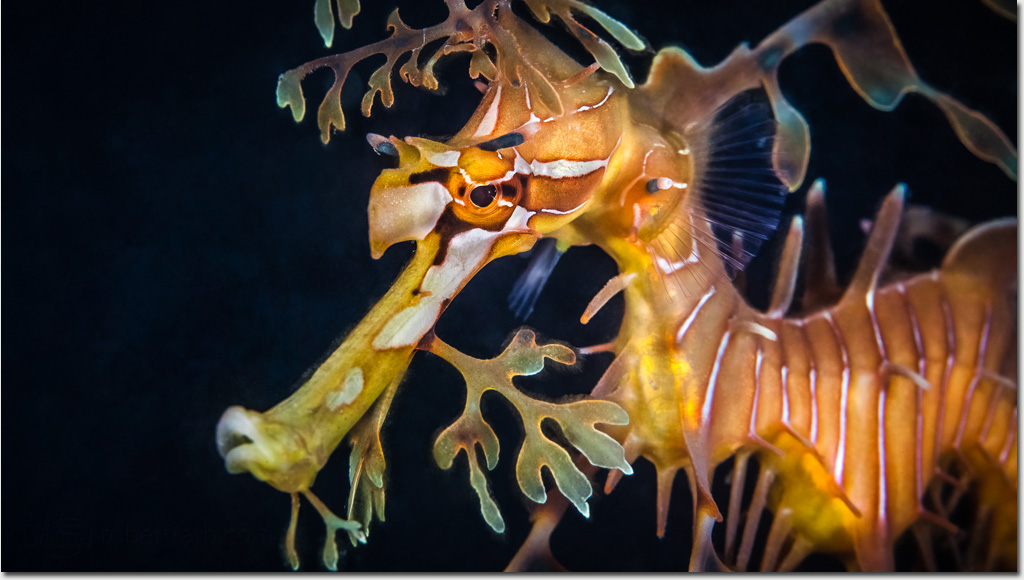
No matter how many times I make the trip down to Rapid Bay Jetty, gear up and head out I never take for granted the joy of finding a dragon.
If and when I find one I experience a curious mix of excitement, of gratitude, of humility, of privilege, of wonder and of complete captivation.
The long drive to get here is forgotten.
The equipment needed to survive here is forgotten.
The burdened walk to the water is forgotten.
The biting cold of an extended winter is forgotten.
The cares of work, of the world and its demands are all forgotten.
With effortless grace they move with precision. It is almost impossible to see the tiny movements which push them through the water.
Spend time with them and you will discover moods and attitudes and personalities.
Take your eyes off them for just a moment, look back and like magic there is is only algae and water and the dappled light from above.
I don't always find a leafy seadragon when I dive here at Rapid Bay but when I do it makes all the effort of every dive I have ever done worthwhile.
Like some lifetime within a lifetime I will spend all the time my air allows to remain here and bear witness to this beautiful fragile creature.
Photo: Robert Rath, 'Seduced by a Dragon' 1/160s f/13 ISO320 100m
Tuesday, October 18. 2016
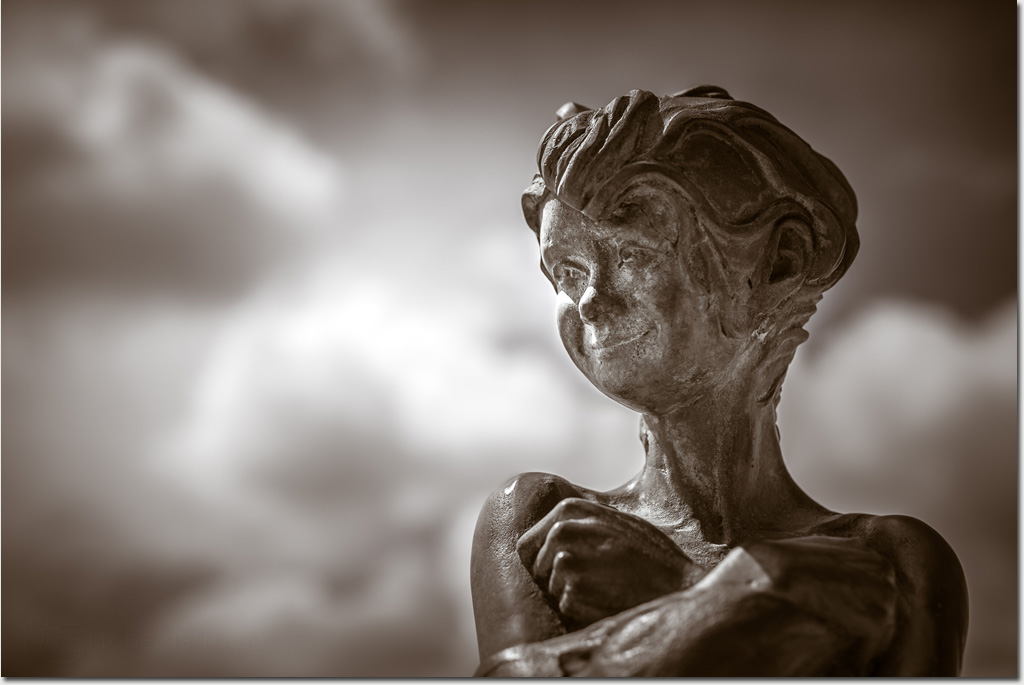
When is a fish not a fish?
When Lucy Dugan wrote about 'fish' she described a dad's affection for his daughter as 'the catch of the day'.
When Nicole Mickle brought her 'fish' into life like bronze relief the expression was just as obscure.
So here she is, a little 'fish' at the head of Busselton Jetty, gazing out into the ocean onto the playground she cherished.
Perhaps she's not a fish after all but a 'selkie' who'll one day head back out to sea, breaking hearts as she goes, never to return again.
Photo: Robert Rath, 'Fish' 1/8000s f/2 ISO100 50mm
Friday, October 14. 2016
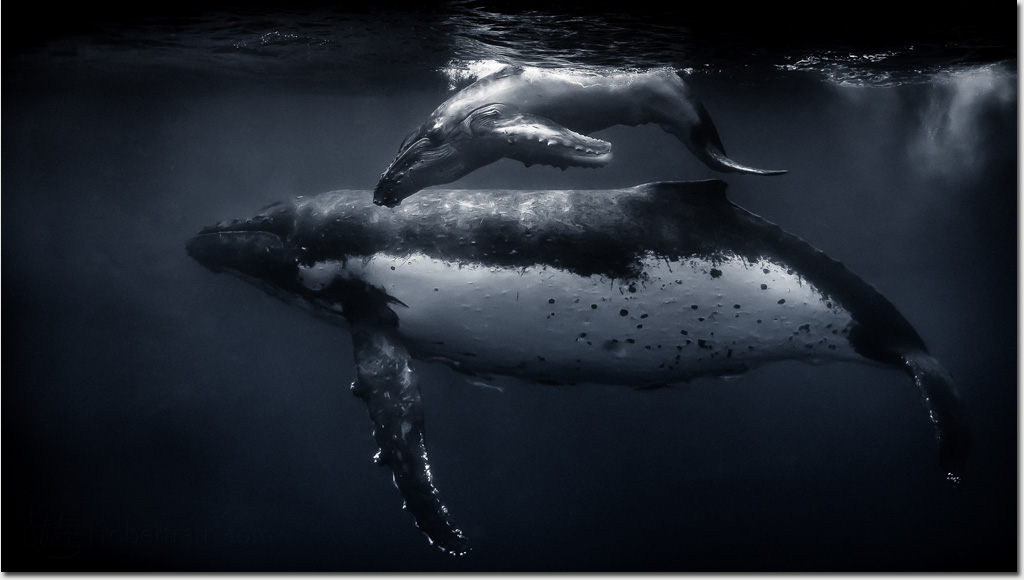
There is no doubt at all in my mind that there is more here than the instinctual caring for a newborn child.
I watched her for a time and was enchanted by the way she nudged and guided and snuggled and swam with her beautiful baby.
In those privileged moments I fell in love with something strange and wild and so beautiful out here in this vast ocean.
These two extraordinary creatures showed me that deep binding love is not just a human thing but part of their world too.
Photo: Robert Rath, 'Love Take all Forms' 1/500s f/8 ISO320 15mm
Tuesday, October 11. 2016
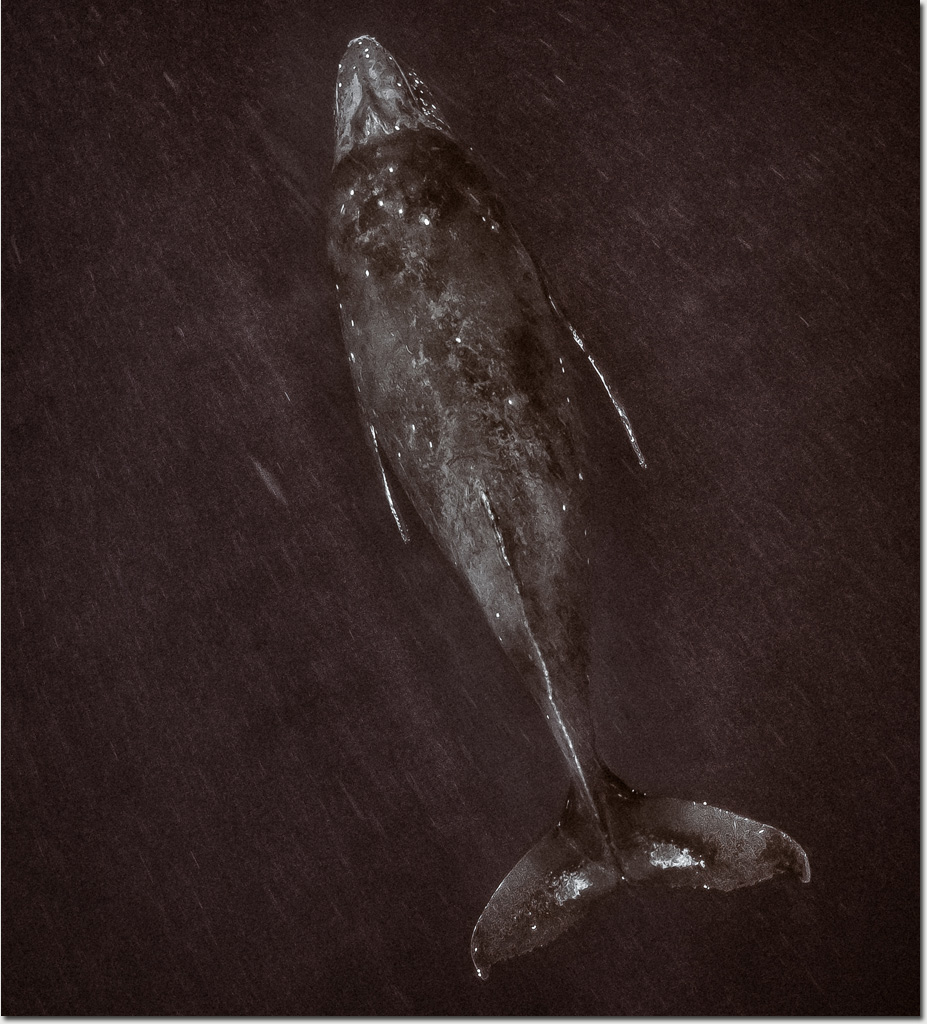
Many of our encounters with these beautiful creatures were very fleeting.
Despite their size humpback whales are very fast and very agile when they want to be. It is often quite deceptive just how fast they really are moving.
This young male, like many others was not interested in spending time lolling on the surface with the little ungainly creatures we all must have seemed like. This time however I took up the challenge and dove in pursuit.
Although he was moving fast, very fast, an amazing thing happened as I neared.
There was no slowing in our pace however the effort to keep alongside simply melted away as I was captured in his watery slipstream.
What seemed like minutes we swam at speed, my dolphining to his barely perceptible movements yet below the ocean floor race by.
At last, my breath exhausted I broke away to return to the surface and in a moment he was gone.
Photo: Robert Rath, 'Slipstreaming' 1/30s f/7.1 ISO160 15mm
Saturday, October 8. 2016
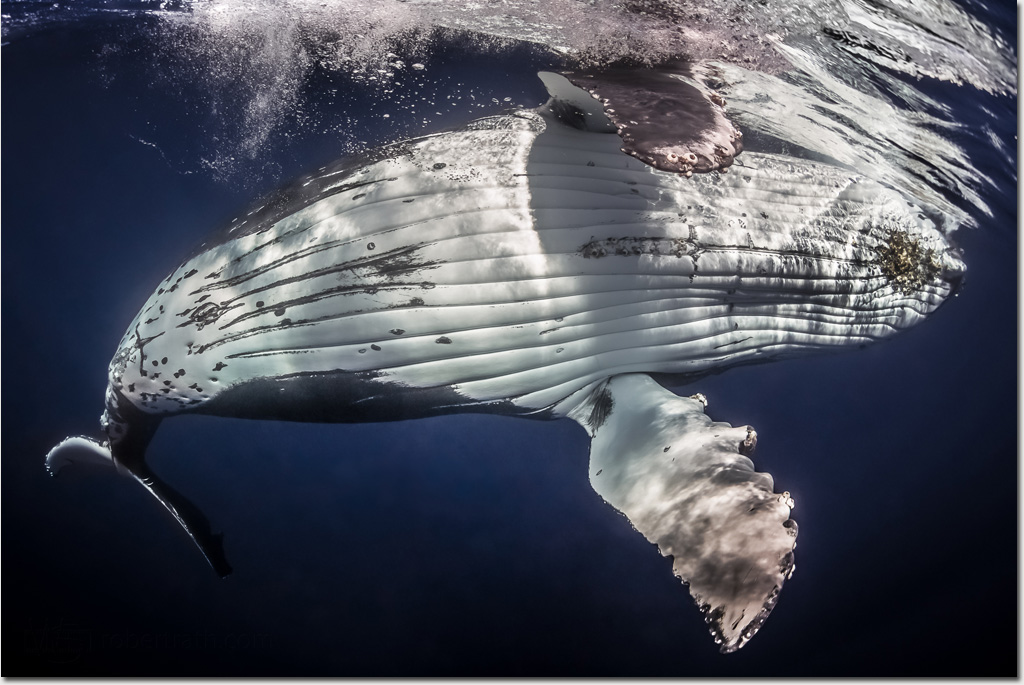
Like a puppy dog he rolled over and over with joyful abandon. You could almost feel the whale speak, 'scratch my belly'.
There was absolutely no doubt that he loved our attention and we all loved his even if it was a little scary and intimidating at times.
Our experience with George off the island group of Vava'u in Tonga was the most extraordinary privilege and something I will never forget.
I hope someday I get the chance to come back here and scratch George's belly again.
Photo: Robert Rath, 'Scratch My Belly' 1/640s f/7.1 ISO160 15mm
Thursday, October 6. 2016
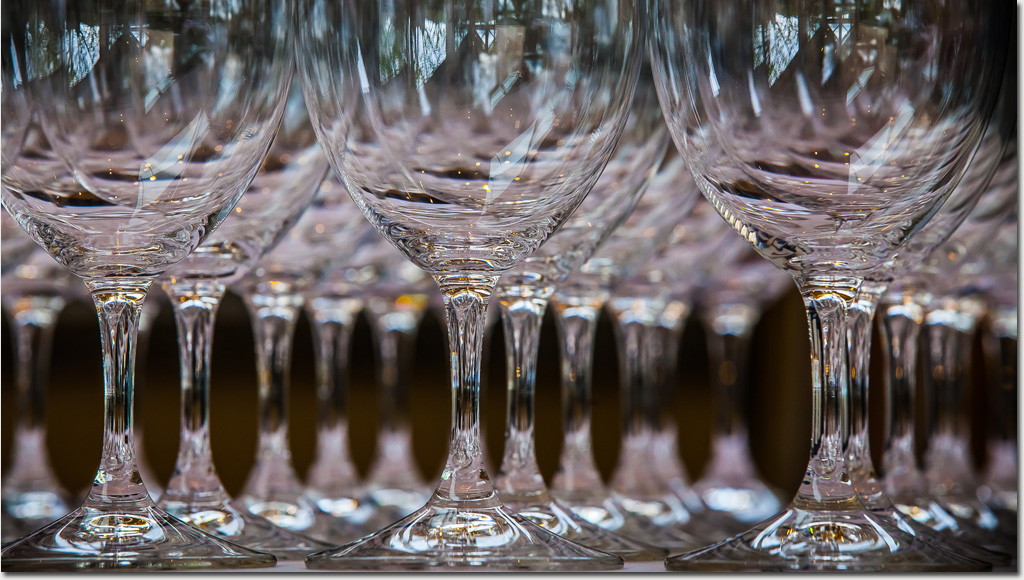
Over the course of the evening this beautifully structured array of crystal glass will first disassociate among guests.
Will be filled and emptied many times with Pinot, Mataro, Grenache and Shiraz.
Some will see water and some will see whites and who know what else before the night is over before finding their way back into a common structure again though most crimson soiled.
They will travel home together,
be cleaned together,
be stored together,
then travel together.
Once again they will find themselves in a beautifully structured array of crystal glass.
Photo: Robert Rath, 'Liquid Geometry 1/100s f/9 ISO800 165mm
Wednesday, October 5. 2016
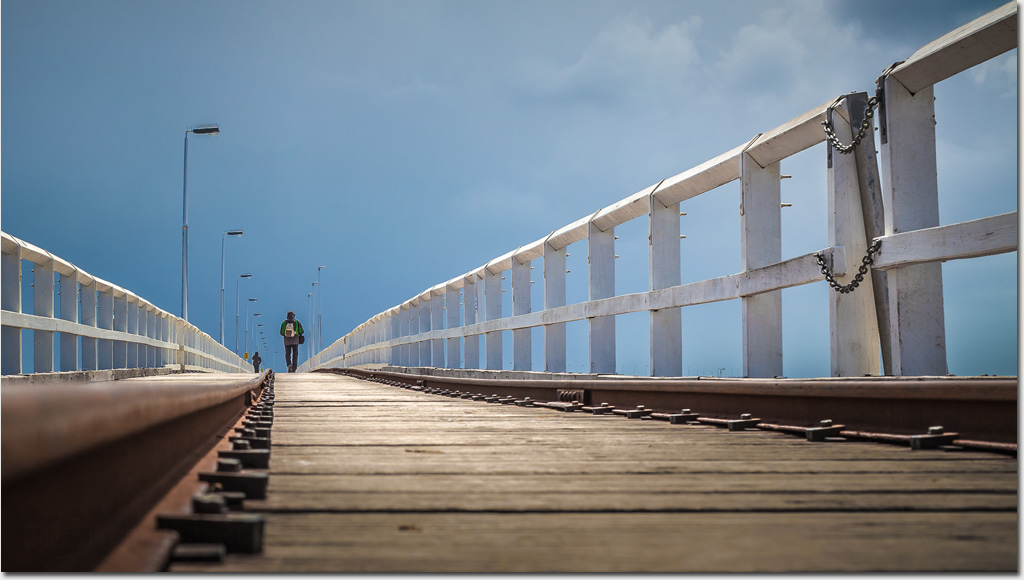
This walker will have walked more than three and a half kilometers by the time he returns from his stroll to the end and back.
At nearly two kilometers, Busselton Jetty is the longest wooden jetty in the world and a drawcard to this region three hours south of Perth.
I dived here more than twenty years ago but unlike our local jetty dives, the only sensible way to get to the end of the jetty is by boat.
I don't really remember much about what we found here beneath the waves so long ago. I think I remember seahorses. I certainly remember many of fish species here were the same as those back home.
I am certain no one was diving here today with turbid cappuccino water crashing around the pylons and onto the beach.
Perhaps this guy is a diver making the longest walk to the end and back instead.
Photo: Robert Rath, 'The Longest Walk' 1/250s f/10 ISO100 50mm
Tuesday, October 4. 2016
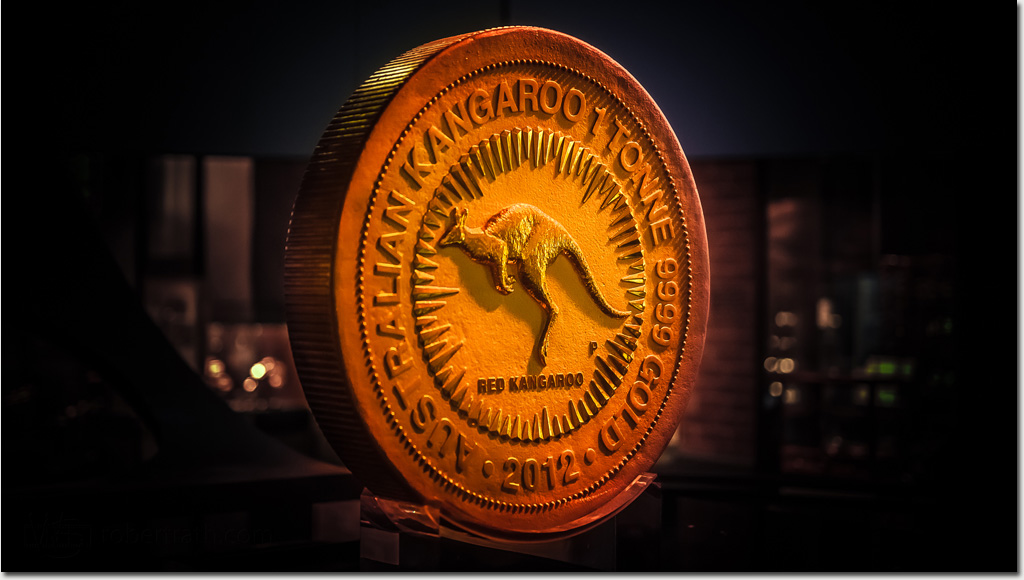
Australia has a bit of a reputation for having some of the 'Largest' things in the world.
Often these are kitsch representations of some local industry or icon like 'The Big Pineapple' or 'The Giant Koala; you get the idea.
When I was told I was about to see the worlds largest coin (legal tender) in the Perth Mint I was not expecting what I was about to see.
One thousand kilograms of 99.99% pure gold crafted into a single legal tender coin with a face value of one million dollars and a true gold value well over $54,000,000.
I considered for a moment if there was a way I might roll it out of there but suspect its shear weight is all the theft protection it needs.
Australia might have a lot of kitsch 'Big' things but this coin is not one of them.
Photo: Robert Rath, 'One Million Dollars' 1/80s f/1.4 ISO2500 50mm
Monday, October 3. 2016
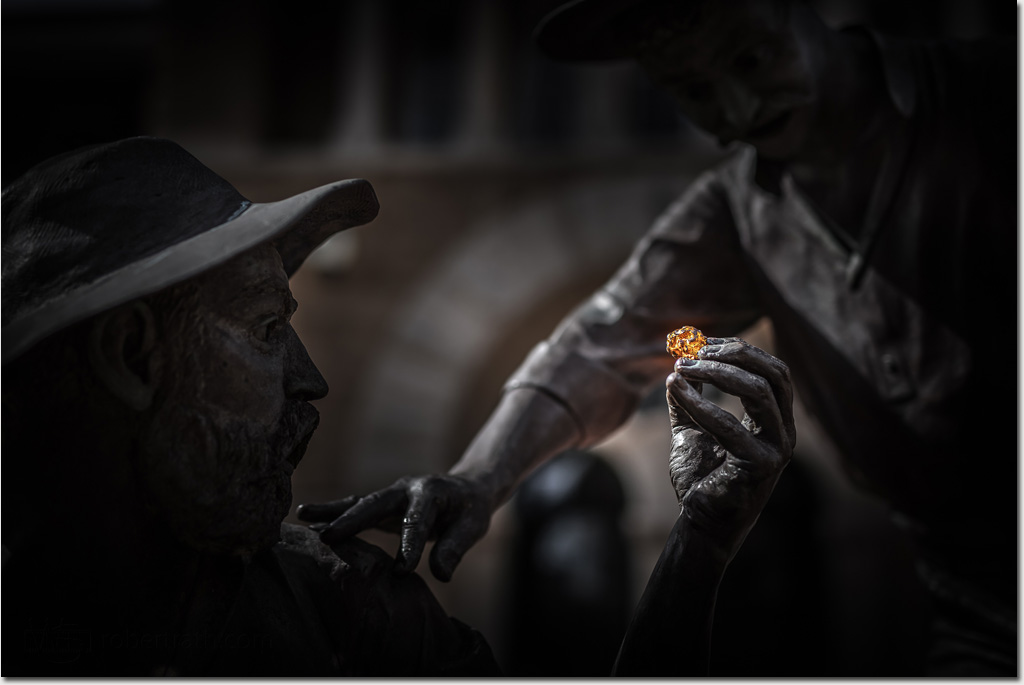
In 1892 William Ford and Arthur Bayley had been prospecting near the Western Australian country town of Coolgardie.
Their story tells how one evening their bush camp was swept away by a flash flood. In their dismay, vowing they'd had enough, they searched for all their scattered belongings with the intention of quitting.
In their searching amid the freshly exposed ground they discovered gold. A total of 16kg of gold for two men who had given up all hope.
William and Arthur are officially credited with starting the first Western Australian gold rush and this statue, sculpted by Western Australian artist Greg James, stands outside the Perth Mint in tribute to their 'strike' and the ensuing wealth for the state of Western Australia.
Photo: Robert Rath, 'The Strike' 1/3200s f/1.8 ISO100 50mm
Tuesday, September 27. 2016
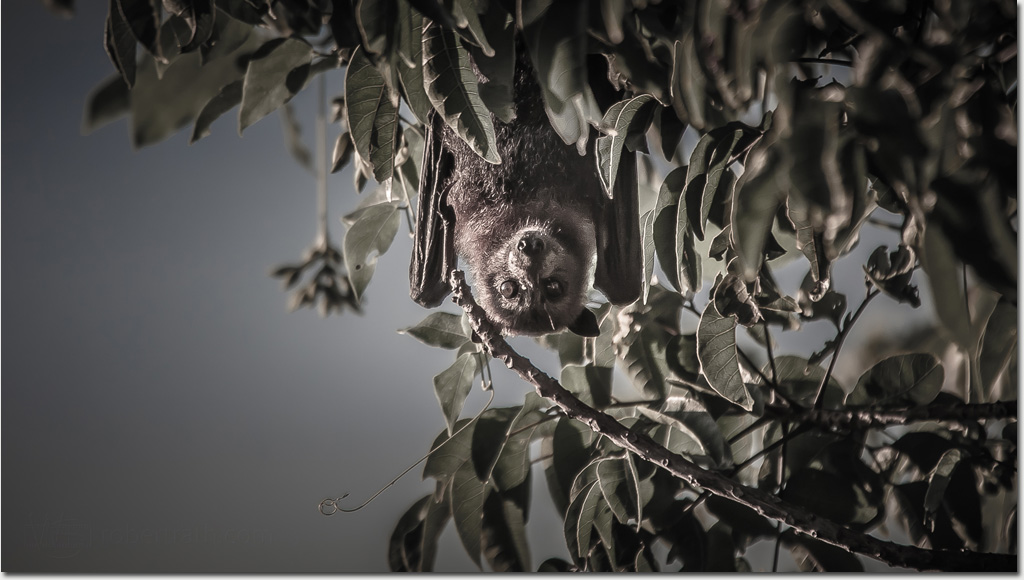
There were no belfries anywhere in sight but that did not stop the fruit eating, wing flapping, throat screeching foxlike locals from taking up residence in the tree next door.
For the most part they were good neighbors, kept the music down, their garden tidy and were not partial to dropping burnouts in the street or even encouraging such behavior.
For most part we lived harmoniously as good neighbors might; until ... a fight broke out.
You could tell the signs well in advance as one bat happily supped nectar another would start to taunt.
First there was the inconspicuous upside down and sideways shuffle getting almost shoulder to shoulder before a sharp wack of a wing sent the offender off in a screech.
The second time the screeching began even before they could swipe each other. An exchange of wing wacks ensued leaving the defender hanging and the offender flapping madly in thin air.
The third time it was all out war with screeching and flapping and leaves flying.
Then like magic they both find their own nectar laden flowers and settle down as if nothing ever happened.
That would not have been so bad if it had happened only once, twice or a handful of times.
Instead, we had a hundred fruit bats squabbling over and over for an hour or more as afternoon turn to dusk.
Then as night fell all became silent.
They were good neighbors after all.
Photo: Robert Rath, 'Just Hanging' 1/100s f/4 ISO160 280mm
Monday, September 26. 2016
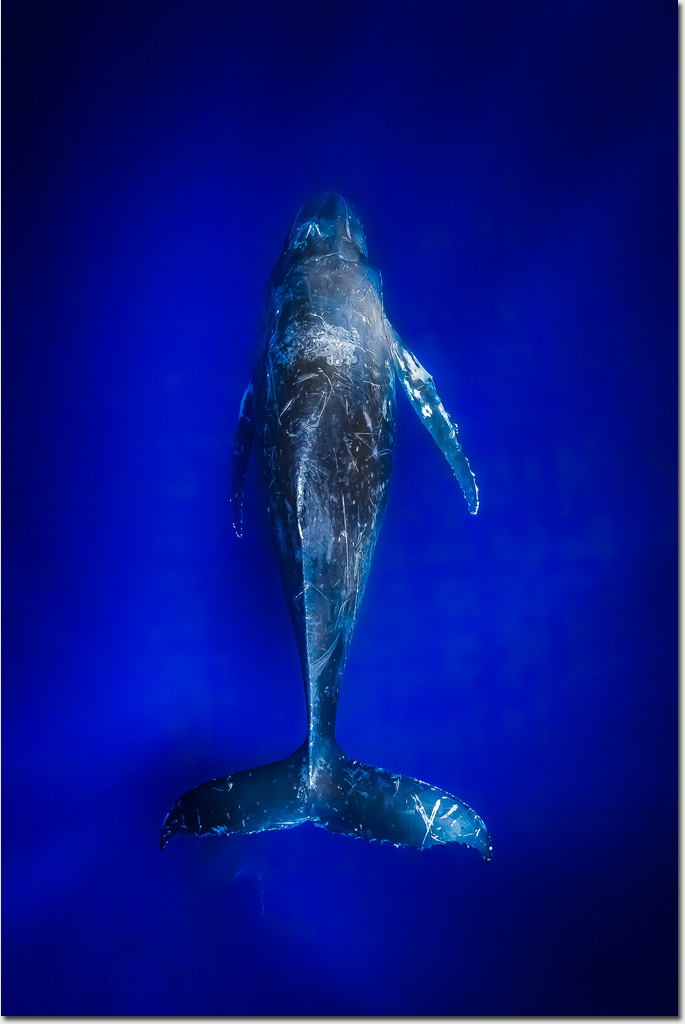
There is a blue out there in the open ocean that can't be described. When that black water is filled with a luminous glow, the bright sunlight reflected by millions and millions of tiny particles suspended.
That blue glow, softly caressing, beguiling, comforting me, encouraging me to follow, down and down and down to follow these gentle beasts as they dive.
The ache in my lungs forgotten, the pressure in my ears ignored, that gentle blue glow, that hypnotic blue glow, like a siren's song begs me follow as the gentle beasts descent below.
Softy at first, then louder and louder like Cloister Bells in the halls of Gallifrey a warning sounds. This beautiful blue place is not all it seems having drawn me down here to a depth I should not be.
I look up but all that I see is that gentle blue glow, every direction that gentle blue glow and those warning bells louder and louder.
The enchantment broken, the whales now gone, alone in this luminous blue I start the long swim back to the surface again.
Photo: Robert Rath, 'Into The Blue' 1/320s f/7.1 ISO160 15mm
Sunday, September 25. 2016
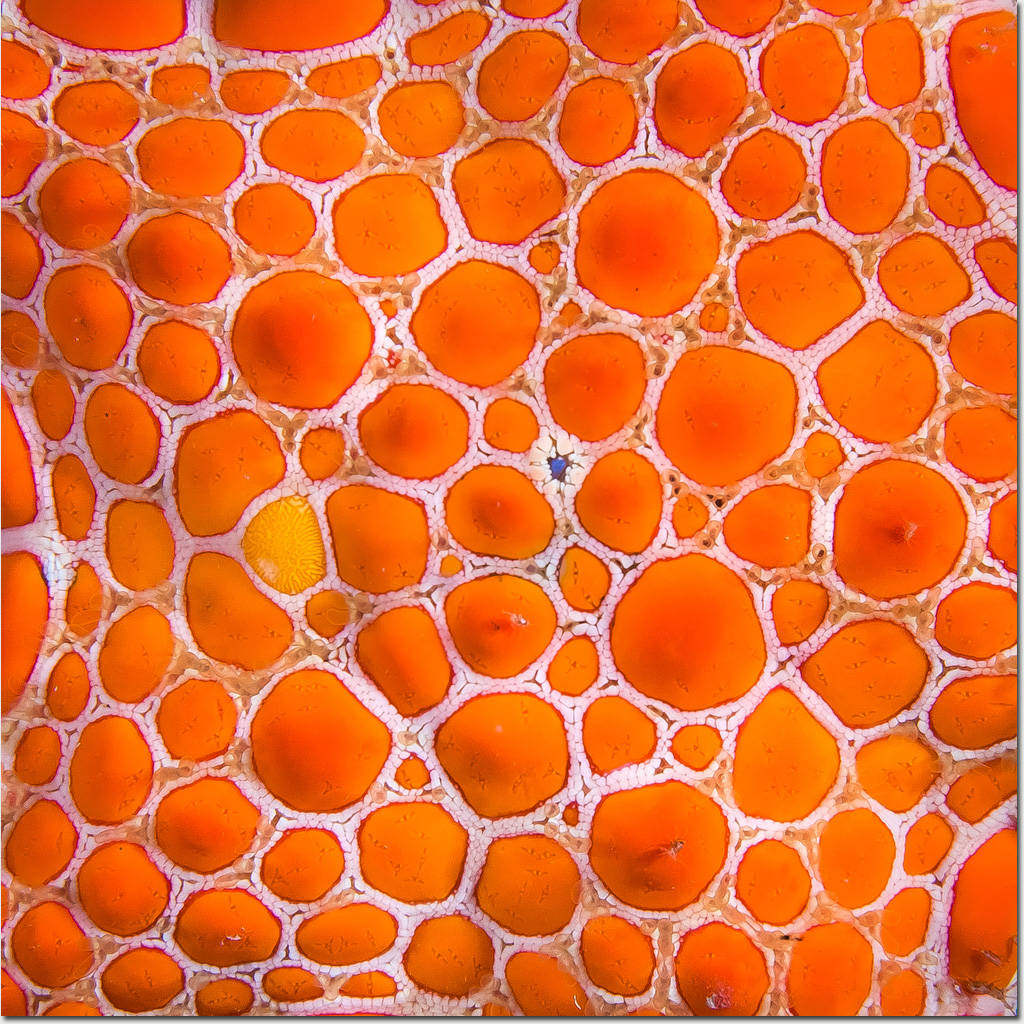
Everything we see around us is relative to everything else we see around us. Small is smaller than big, huge is bigger than large and minuscule is smaller than tiny.
All meaningless really without the context of everything we are comparing everything else with.
To me this makes macro images so interesting because our whole paradigm of comparison becomes useless.
When I look at an image created under a microscope my mind desperately tries to relate what is sees to things we know. More often than not I see things that match objects I am more familiar with.
In this case I however I have the upper hand. I observed my subject from a distance in the world of 'the normal', swam up close to it (there's a hint for you) then photographed a small part in macro.
Of course its a collection of orange pebbles in rice, ... or is it?
Photo: Robert Rath, 'Orange Pebbles in Rice' 1/160s f/22 ISO320 100mm
Saturday, September 24. 2016
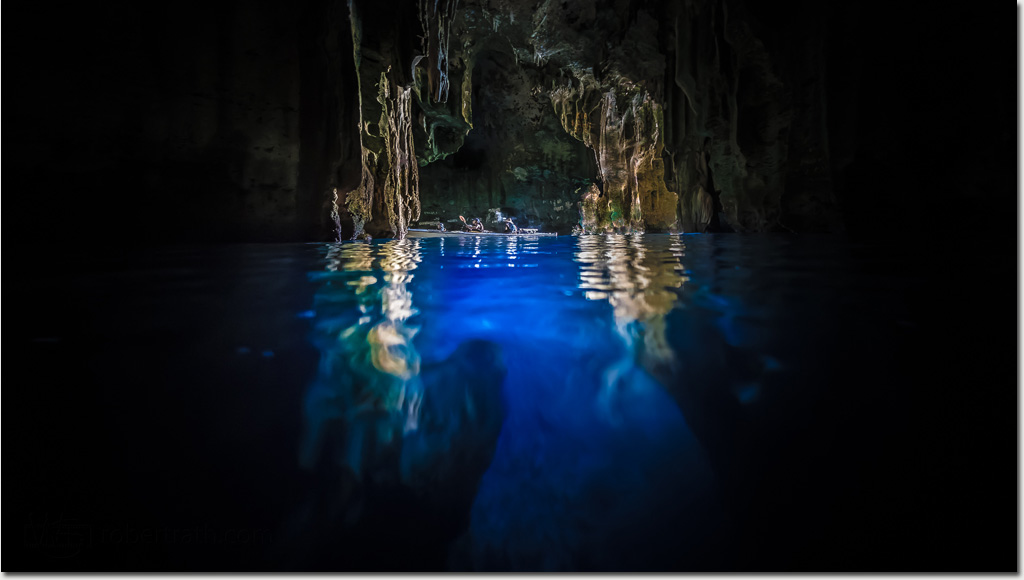
I'm not the only one drawn to the mystery of the nooks and crannies of the world.
Just like me these paddlers want to know what's inside Swallows Cave.
Just like me the darkness piques their curiosity, leads them to explore the cracks and the fissures and the places the light can't reach.
A short while later, when they had seen all they thought there was to see they paddled back out into the stark sunlight again.
What's curious is they never saw me floating here in the watery darkness observing their explorations.
I wonder what else is down here, never seen, observing all of us.
Photo: Robert Rath, 'Watery Grotto' 1/30s f/3.2 ISO1600 15mm
Friday, September 23. 2016

We came across a few of these Yellow Paper Wasps, Polistes olivaceus, while in Tonga.
A couple hung around our house, often cruising through the un-shuttered kitchen before heading out into the trees again.
I do wonder how they came to be here. Did they hitch-hike on some vessel or were they blown by the winds from mainland Asia to finally make a home here.
Next time I meet an entomologist I will remember to ask how far flying insects can travel and maybe shed a little light this one's story.
Photo: Robert Rath, 'Yellow Paper Wasp' 1/160 f/7.1 ISO400 280mm
Tuesday, September 20. 2016
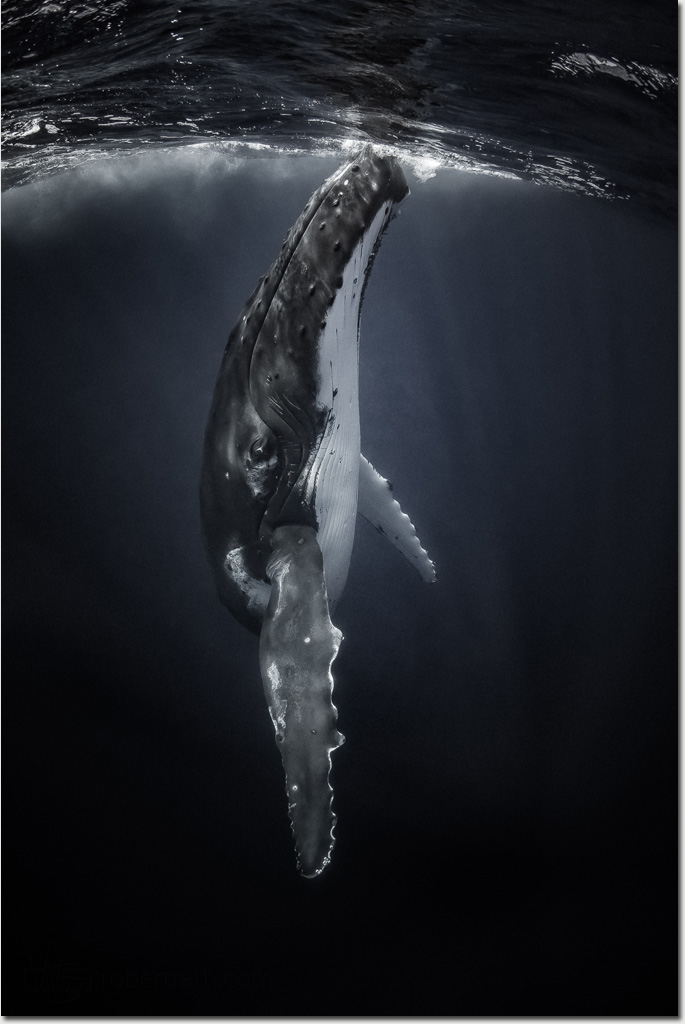
Blue water fan, a Tongan man, returning to his place of birth.
Searching eye, a pirates smile, you've chosen to share your self.
Ballerina you should have seen him dancing in that blue.
Now he's with me, always with me, tiny dancer in my head.
Oh how it feels surreal being here, remembering you,
only you, and I can see you, and I can feel you ...
Show me, show me tiny dancer.
Count the moments that you gave.
Lay me down in sheets of sunlight.
We had a wondrous day that day
Photo: Robert Rath, 'Tiny Dancer' 1/160 f/10 ISO320 15mm
Friday, September 16. 2016
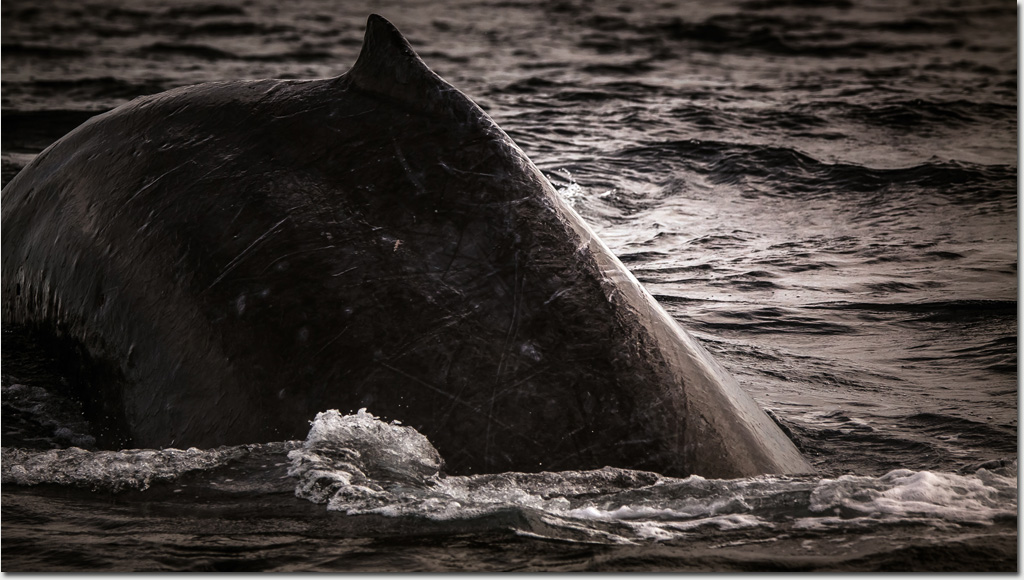
A tiny fin breaks the surface as the waves all around flatten in a way they disquiets the soul. Below a dark shape looms beneath the oddly stilled water.
Without warning the tiny fin rises to becomes a massive black life-scarred body. Larger and larger until my vision is filled by an animal that could drown us all in an idle gesture.
Then in the gentlest of movements the leviathan arches to dive. It's massive body flowing up and over and down back into the depths again.
For a while we gazed at that expanse of stilled water where moments before a giant had been before the ocean reclaimed its own and the waves returned.
Photo: Robert Rath, 'Leviathan' 1/2000 f/5 ISO160 160mm
Wednesday, September 14. 2016
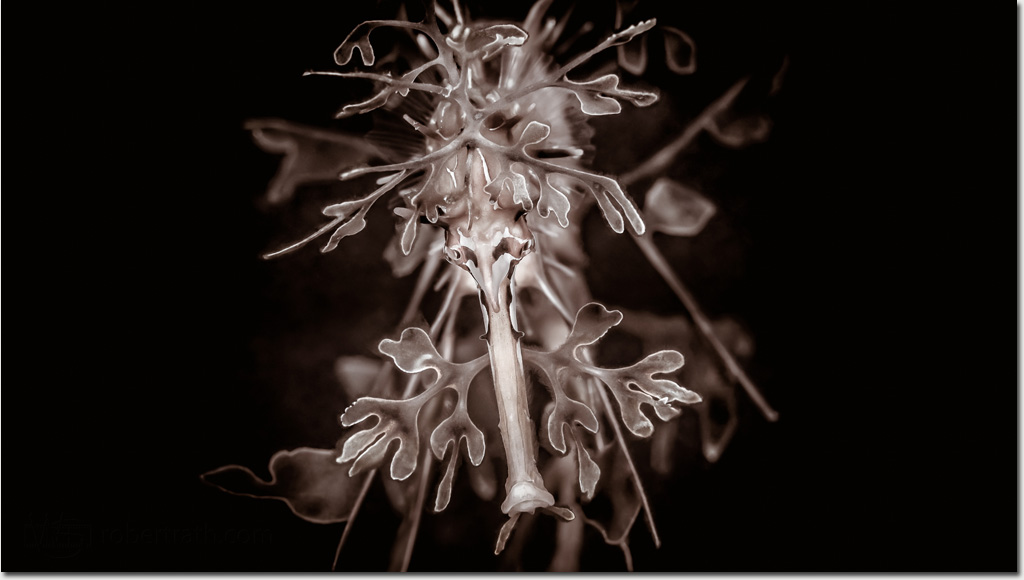
Like a tribal decoration, elegant, ornate and with a geometry only nature could devise you hang there in the evening gloom of a dark and cold sea.
Oh so patient with your paparazzi fan, lilting this way and that way you tease me. Some times eager to show your best side and sometimes not wanting to be seen from any side.
Despite your generosity, having had enough of my terrestrial intrusion, gently you drift back into the algae and the sea-grasses to once more resemble nothing more than their gently sway back and forth on the ocean floor.
Leafy seadragon, Phycodurus eques, Rapid Bay
Photo: Robert Rath, 'Tribal Decoration' 1/160s f/13 ISO320 100mm
Saturday, September 10. 2016
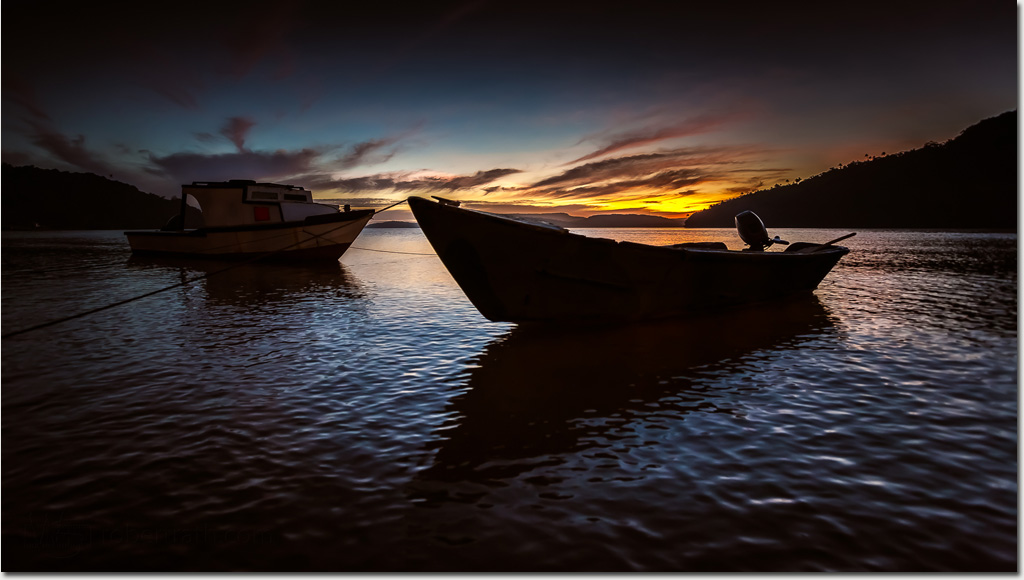
At the end of a big day out on the ocean we all get together to eat and to drink and to talk about our adventures.
At the end of a big day out on the ocean the boats all get together too. I wonder if there is some hidden spirit in those wooden hulls that look over and protect their human occupants when they take to sea.
I wonder if those same spirits, if indeed they exist, share their own experiences of the day.
Regardless, they look so tranquil here as they rest in protective waters until tomorrow when we will all head out into the ocean again.
Photo: Robert Rath, 'Until Tomorrow' 1/30s f/4.5 ISO1600 17mm
Thursday, September 8. 2016
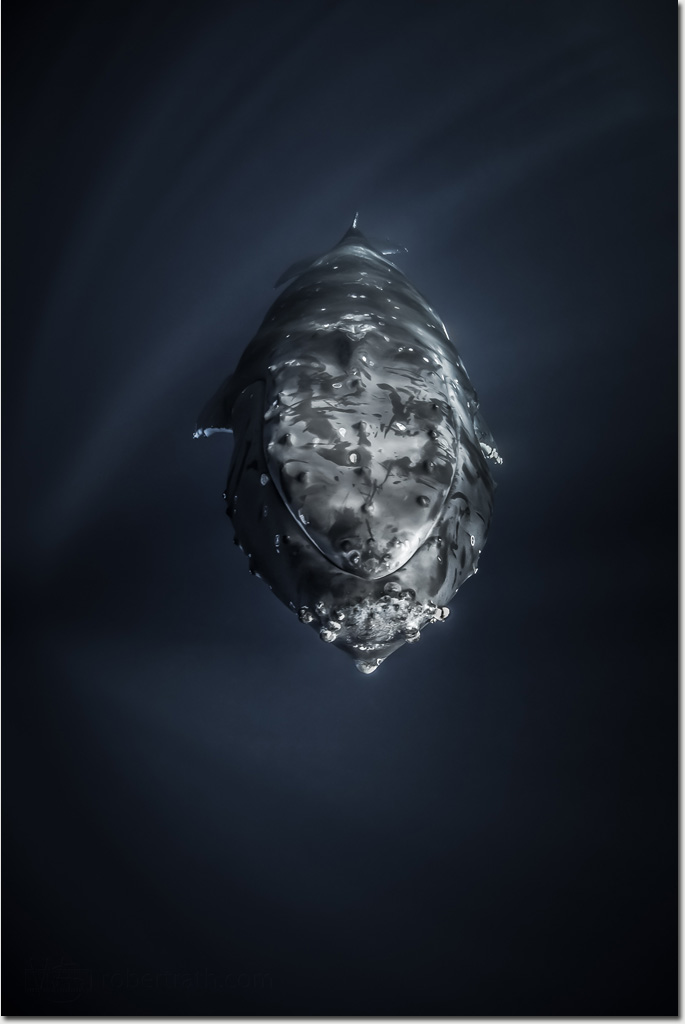
Imagine for a moment you are battleship engaged in some mortal cat and mouse game with an enemy submarine.
Suddenly out of the deep blue gloom a long grey torpedo shaped object comes into view heading directly for midships.
With no time for evasive maneuvers, counter measures are your only hope now.
Closer and closer it gets until you realise it is not a torpedo after all. It is the submarine about to ram you!!
Ok, so I have played up the drama just a little but actually having 25 tonnes of grey ballistic whale swimming directly at you comes with its own unique combination of fear, panic, distress, acceptance and joy.
In the future if I ever find myself targeted by a large grey underwater ballistic object I sincerely hope it is a humpback whale.
Photo: Robert Rath, 'Ballistic Joy ' 1/125s f/6.3 ISO160 15mm
Monday, September 5. 2016
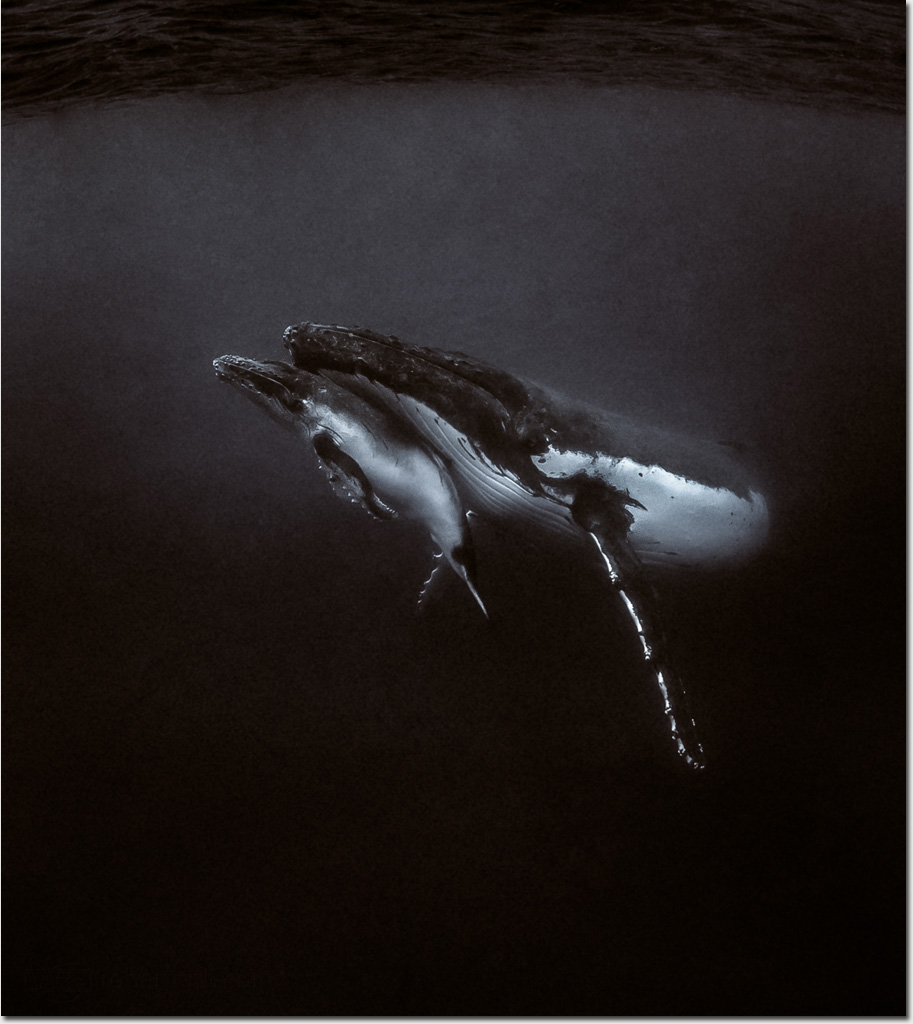
Some moments are beyond words, beyond description.
In this moment the ocean's murky gloom fell away as mother brought her newborn calf out of the deep water towards the light and the life-giving air above.
In this moment I forgot I was hanging in a vast ocean far away from my everyday life. All that mattered here and now were these two beautiful creatures.
We watched her guide baby to the surface, gently nudging this way and that way and then down into the deep water again.
It's not unusual to see a creature care for its young but the way she brought baby into our view, the way she caressed it just like a proud parent and then the way she took baby away to the safety of the deep water again, to me this was not instinct but pride and intellect and love.
This was one of those moments.
Photo: Robert Rath, 'Love' 1/250s f/8 ISO320 15mm
Thursday, September 1. 2016
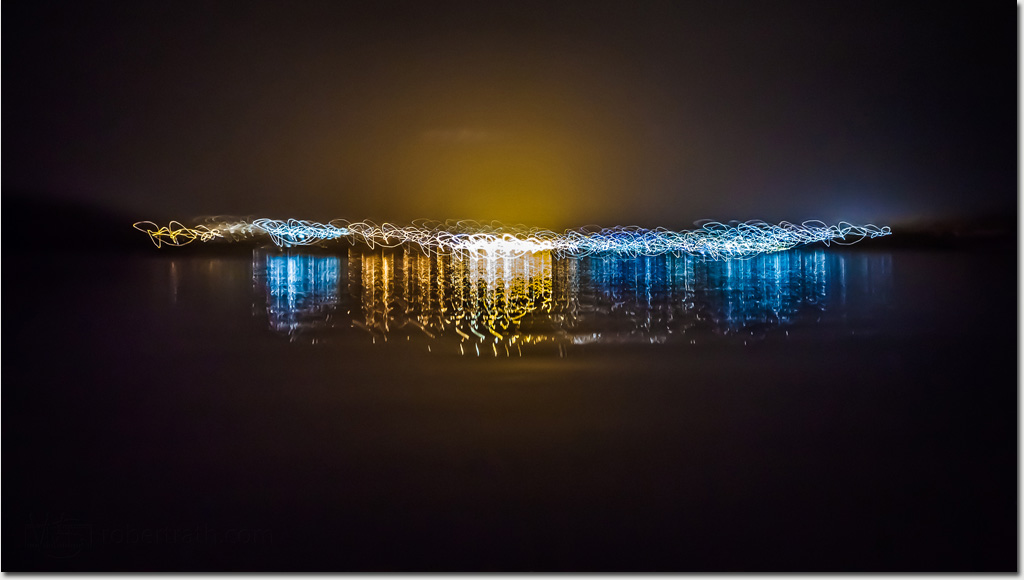
One night at dinner I described how I planned to swim out into the harbour at night and capture our home away from home as a long exposure in the starlight.
Later that night when all was quiet I put my camera attached to a small tripod on top a boogie board and gently slipped out into the water.
I'm not sure what I was thinking that night. Even at my highest ISO it was not possible to make out our waterfront villa shrouded in darkness and despite how calm the evening was, even the tiniest movement of the water sent the lens peering off into an infinite variation of contorted directions.
Not one to give up on an idea I took the time to play with ideas, point the camera in other directions and experiment all the while being super careful as the camera was NOT in its housing.
This is the image that finally worked for me that night. It is the view looking back at the lights of the township of Neiafu while floating 10cm above the water.
Photo: Robert Rath, 'Drunken Neiafu' 8s f/4 ISO1600 40mm
Wednesday, August 31. 2016
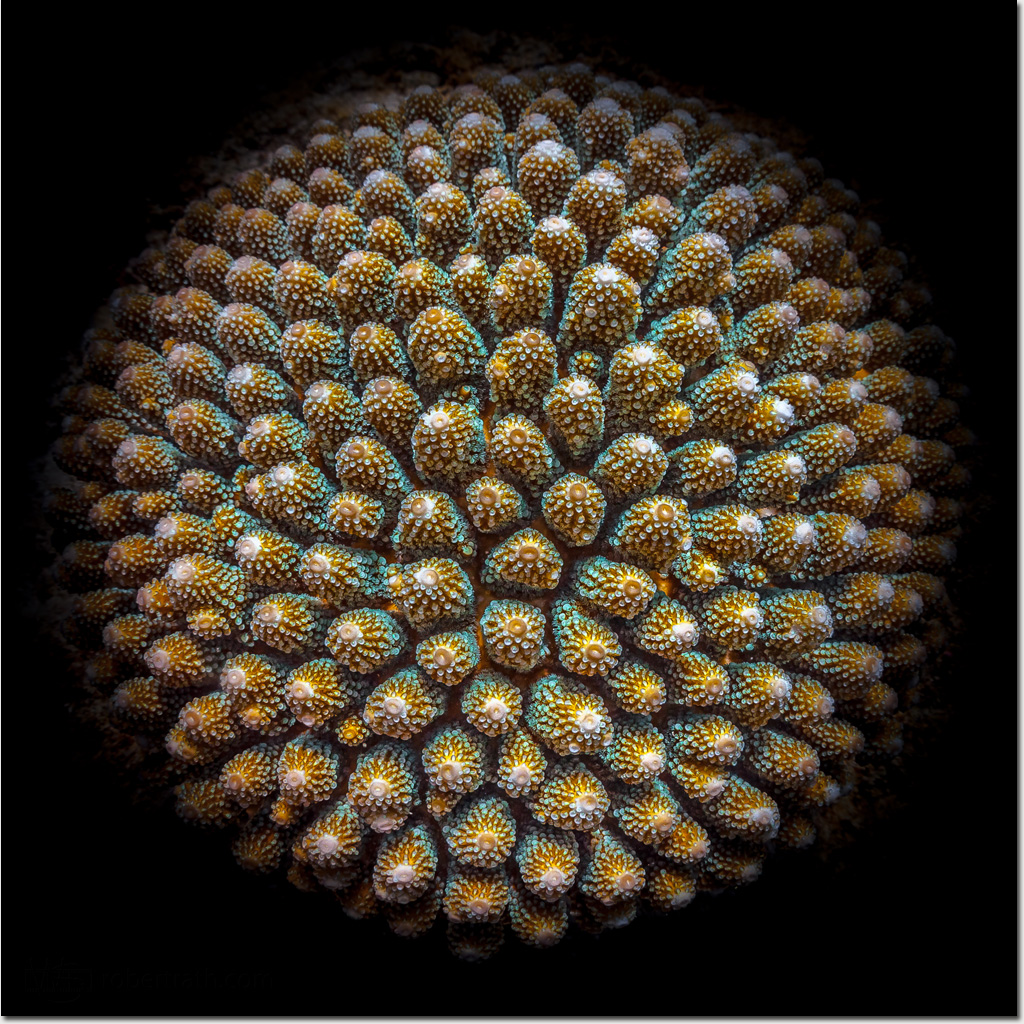
If I talk about coral gardens there are three ways the conversation might go.
The first, that corals are in the ocean and so you must find them everywhere.
The second, that corals are in the tropical oceans and so you only get to see them in exotic locations.
The third comes from an understanding that corals are part of all ocean eco-systems and indeed you do find them everywhere.
I love the irony, that the first and last ideas are so similar and so right while a little bit of knowledge completely compromises the reality.
This beautiful coral head just happens to be in the warm waters off a secluded northern beach on the island of Vava'u. We spent an afternoon here in the sun and in the ocean winding down, away from the boats and the people.
While snorkeling I noticed many coral heads were almost perfectly round reminding me of planets in a sky of sand, rock and water. My mission became one to find the most perfectly rounded planet and capture its image.
Yes we have corals here back home in South Australia as there are everywhere but nothing like the coral planets of Vava'u.
Photo: Robert Rath, 'Coral Planet' 1/400s f/7.1 ISO160 15mm
Sunday, August 28. 2016
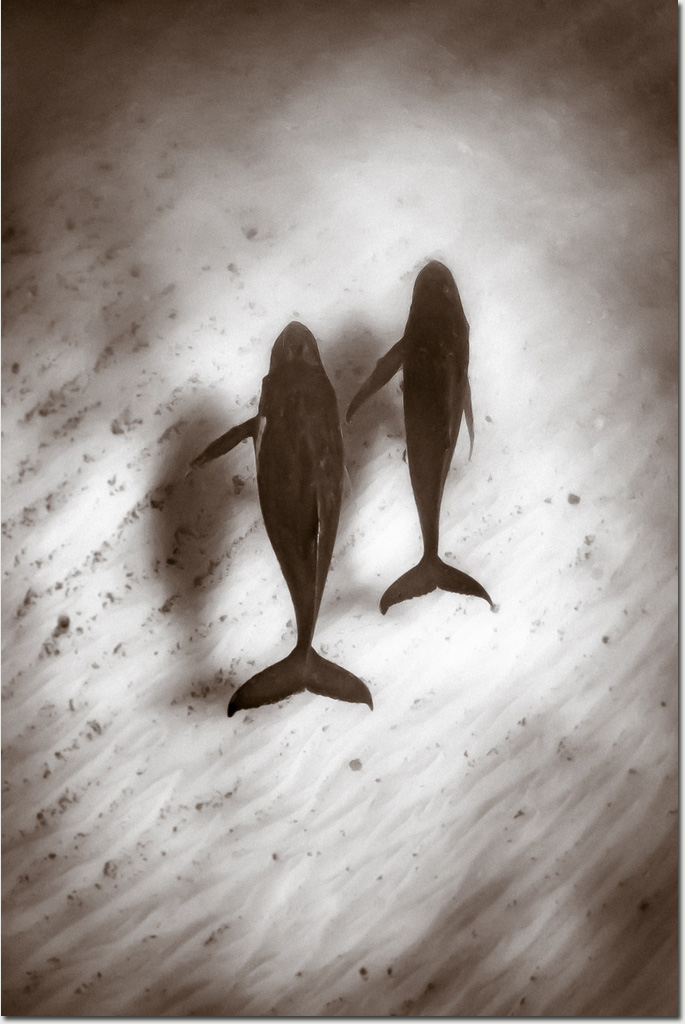
Twenty metres below us the pair just hung there on the bottom, motionless, a strange stillness in an ever moving ocean.
A silhouette against the white sand, too far down to make out their detail, not so deep as to be hidden from our gaze. Almost as if they wanted our attention.
It was their interactions that opened my mind and my heart to these beautiful creatures. Here in this quiet moment the sense of shared stillness, of being together in that moment was overwhelming.
Like being with a best friend, not talking, each in our own thoughts, reading or drawing or perhaps engaged in some other quiet activity yet with a pervading unspoken underpinning oneness.
In these humpback whales, off the island of Fofoa, Vava'u I felt a kinship, a sense of equals and perhaps even the respect of a cherished mentor.
I am so grateful for my time here with these beautiful beings and their gentle reminder to cherish togetherness.
Photo: Robert Rath, 'Togetherness' 1/400s f/7.1 ISO160 15mm
|